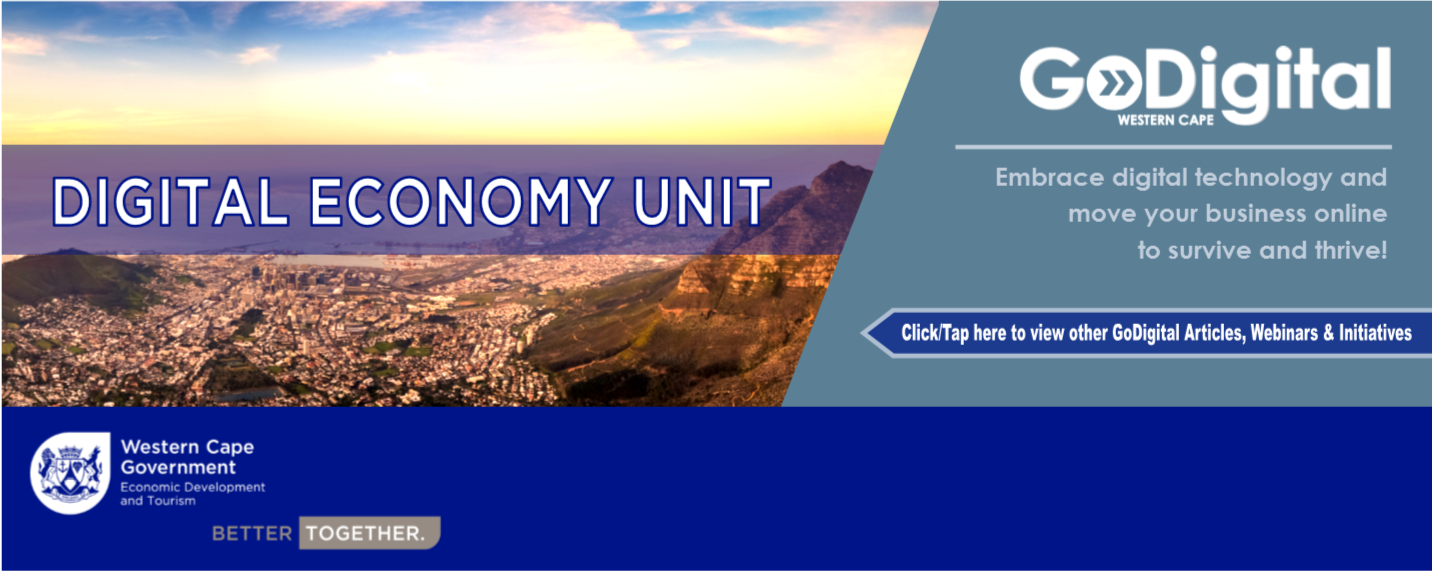Crowdfunding — an alternative funding option
The differentiator
Crowdfunding is an alternative approach to traditional business financing methods. It is a process of raising capital through the collective effort of friends, family, customers and/or individual investors. Essentially it entails casting the net wider and considering a larger pool of potential fun the collective effort of friends, family, customers and/or individual investors. Essentially it entails
casting the net wider and considering a larger pool of potential funding individuals to help a business start or grow, as opposed to relying on one or two main investors. This is mostly done through social networks, social media or established crowdfunding platforms, leveraging social and professional networks for greater reach and exposure.
Globalisation, technology and connectivity are lifting boundaries on how businesses can access funding and it is expected that the global crowdfunding market will triple in donations to reach $28.8 billion by 2025. This form of funding is becoming more popular with faster access to funds through a growing number of secure platforms.
Benefits of crowdfunding
There are many benefits to crowdfunding for both the beneficiary and the investor:
Wider Reach – Making use of a crowdfunding platform increases the reach of your cause exponentially. Thousands of potential investors are able to see it, share it and can choose to participate.
Crowdfunding Campaign – Through a well planned and prepared campaign you are able to present your position in the best possible way to attract many investors. Consider including a quality informative video which adds another dimension to your pitch and can positively impact the outcome of your campaign.
Marketing – Create ‘the hook’ in all your marketing and PR messages to ensure you create an emotional connection with the audience and your campaign. Use an attention grabbing title and powerful images with well formatted content to provide a compelling story demonstrating the impact for potential investors.
In addition to using the crowdfunding platform and your personal or business social media accounts, consider distributing marketing collateral such as flyers, posters or newsletters to expand your reach. Weekly updates on your fundraising progress is also helpful to drive more interest in your campaign.
Efficiency – This method promotes a centralized and streamlined approach to your fundraising efforts as everything is presented in real time, online. Investors are able to show interest, contribute through online payment processes or engage directly allowing you to respond and refine your offer if required.
Risk and diversification – Since these campaigns are not linked to any economic indicators or stock market fluctuations they are lower risk in nature and investors are able to diversity their investment portfolios.
 Types of crowdfunding
Types of crowdfunding
There are essentially five main types of crowdfunding and it is advisable to establish which best matches your fund raising needs before you approach a crowdfunding platform:
1. Donation-based crowdfunding. This involves fundraising for a particular community, such as building an afterschool support facility, or a personal need for a financial emergency such as an expensive medical procedure.
2. Rewards-based crowdfunding. A popular option with start-ups as the business receives funding without extra expenses or ownership sacrifices. It involves an exchange of funds for a form of your product/service or recognition, or a combination. In other words the investor receives an agreed quantity of the product/service or branding opportunities when this comes to market.
3. Equity-eased crowdfunding. The investor receives equity in the business and becomes a part owner, sharing in the profits thereby gaining financial returns on the investment made. In most instances a business plan is required including the executive summary (pitch deck presentation), fundraising terms, financials, forecasts and any legal proposals. The part owner also carries their share of the risk in the company.
4. Debt-based crowdfunding. In this case money is pledged as a loan, commonly referred to as peer-to-peer lending, and paid back with interest on a stipulated date or series of dates.
5. Real-estate crowdfunding. This is a more recent type of crowdfunding that is rapidly becoming more popular. An individual or real estate company collects funds to pay for a large property, for example an apartment block. The investors receive payouts each quarter based on the revenue generated by the property.
Crowdfunding platforms
There are many crowdfunding platforms offered in South Africa including Jumpstarter, Backabuddy, Angel Investment Network, Thundafund, Uprise.Africa, just to mention a few. This link provides more information on some of these platforms: https://smesouthafrica.co.za/crowdfunding-platform-right-look-sa/. Typically each platform focuses on a particular type of crowdfunding, so consider some of these important points when you are looking for a platform to best position your campaign:
- The type of model offered by the platform (e.g. personal, business or non-profit) and how this matches your fundraising purpose.
- The features or services offered and expected performance. This includes the speed and ease at which you can set up your account and access the funds raised. Some platforms are web-based and others offer an app version for convenience.
- Cybersecurity is key to safe guard personal and confidential information, so it would be wise to research the platforms privacy, security and fraud protection elements.
- Find out what customer support is available in case you need to get in touch or require assistance i.e. email support, chat bot, call centre or other.
- Ensure you do your research into the associated costs involved with utilizing the platform. These will differ per platform. Note that some of the more common costs include an upfront fee (usually once off), platform fees (percentage deducted from the donations) and payment processing fees (Paypal, PayFast, Snapcan etc). Some platforms offer for donors to leave tips that cover the platform fees on behalf of the beneficiary.
Moving forward
It is important to prepare for your crowdfunding journey as it does require effort and constant marketing. Success is not guaranteed, so a strong campaign, trustworthy founders and a quality product/service will help you reach your fundraising goals. Remember to regularly communicate with your backers even when things are not going as planned.
As you transition towards the end of your crowdfunding campaign, consider how best to bring things to a close. The chosen platform can also provide some guidance in this respect. If you did not reach your target amount, consider returning funds raised to the backers or whether there are any additional expenses to collect what was raised. If the campaign was successful, you will receive all money raised less any processing fees (if applicable). Equity crowdfunding campaigns will have future obligations as stipulated in the terms.
Other resources
Crowdfunding was covered in the #GoDigitalWC webinar here.
Cybersecurity was covered in the #GoDigitalWC webinar here.
References
https://www.fundable.com/learn/resources/guides/crowdfunding/what-is-crowdfunding
https://www.businessnewsdaily.com/4134-what-is-crowdfunding.html
https://www.crowdfunding.com/types-of-crowdfunding/
https://www.crowdfunding.com/selection/
https://www.crowdfunding.com/success/
https://www.crowdfunding.com/is-crowdfunding-right-for-you/



